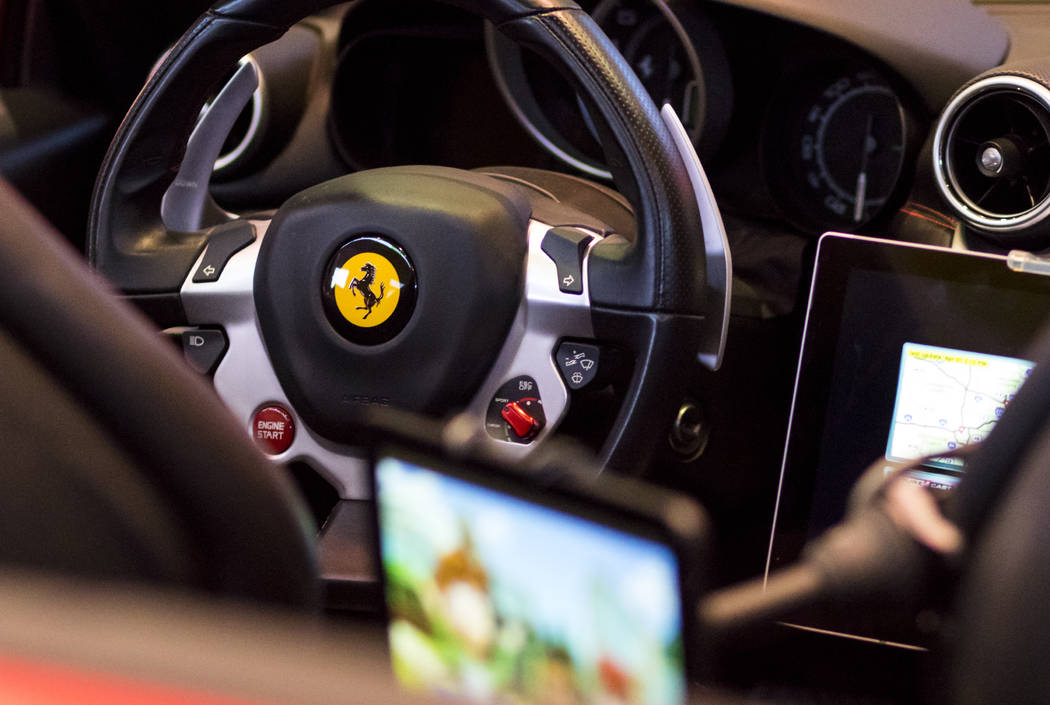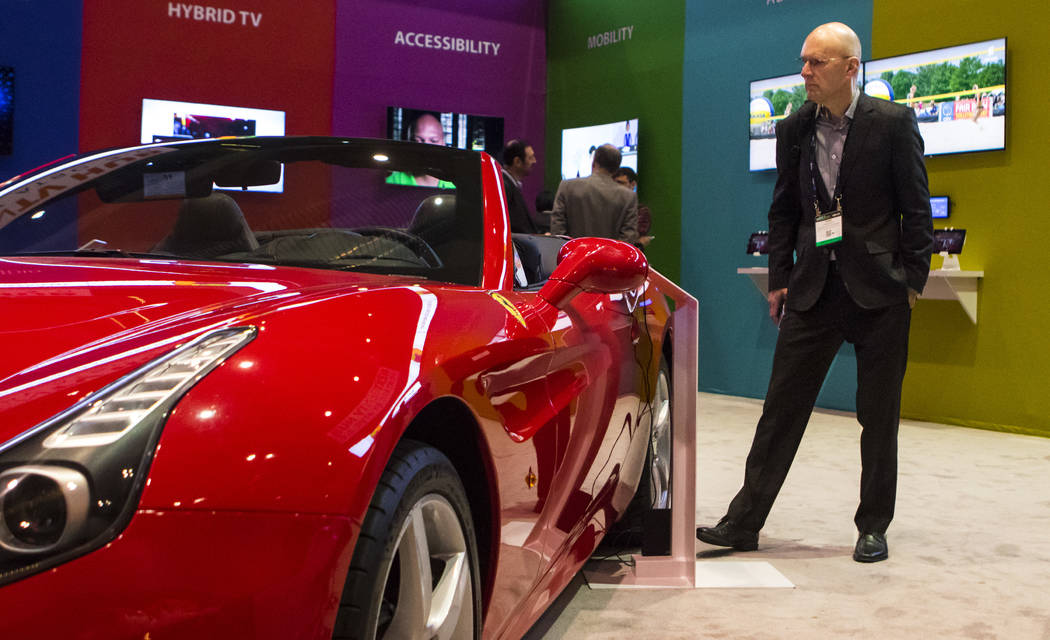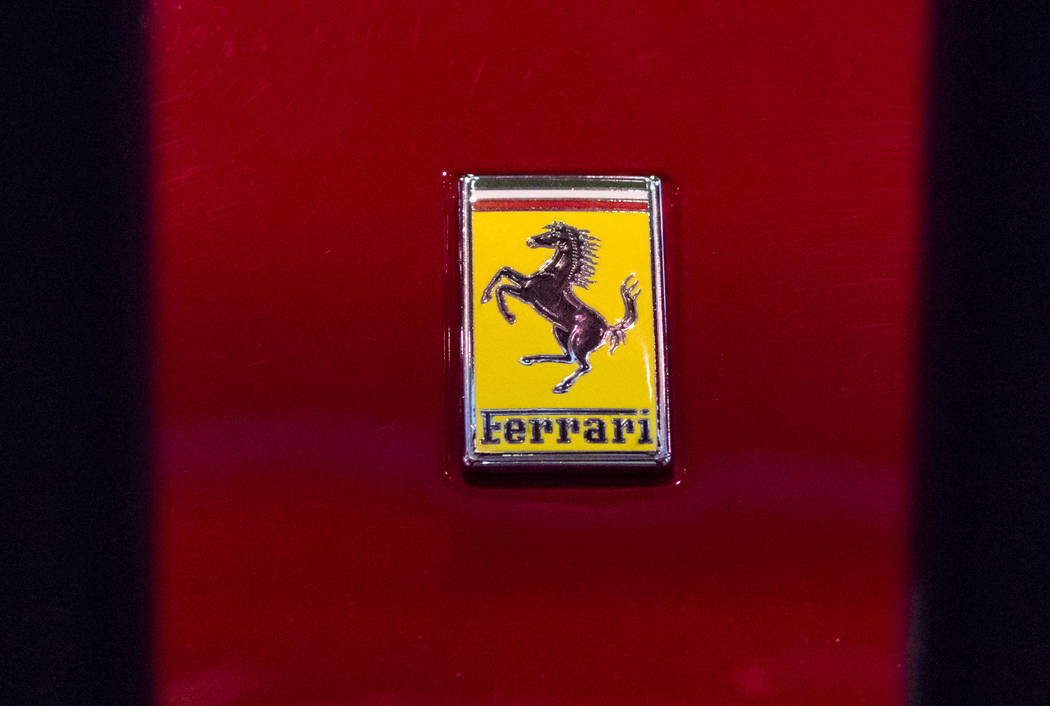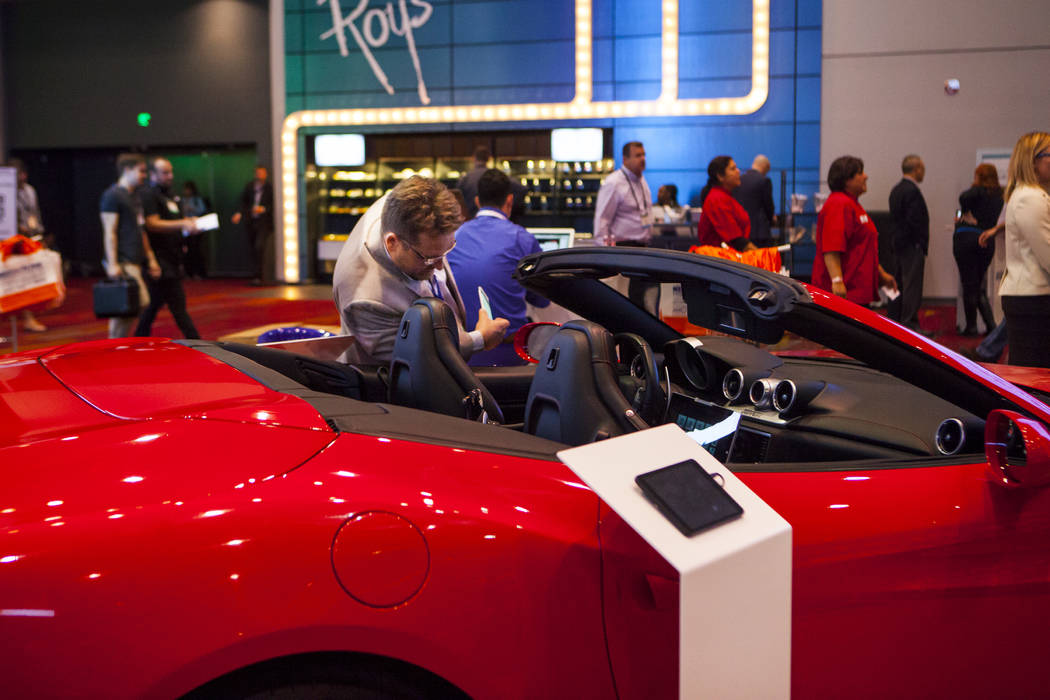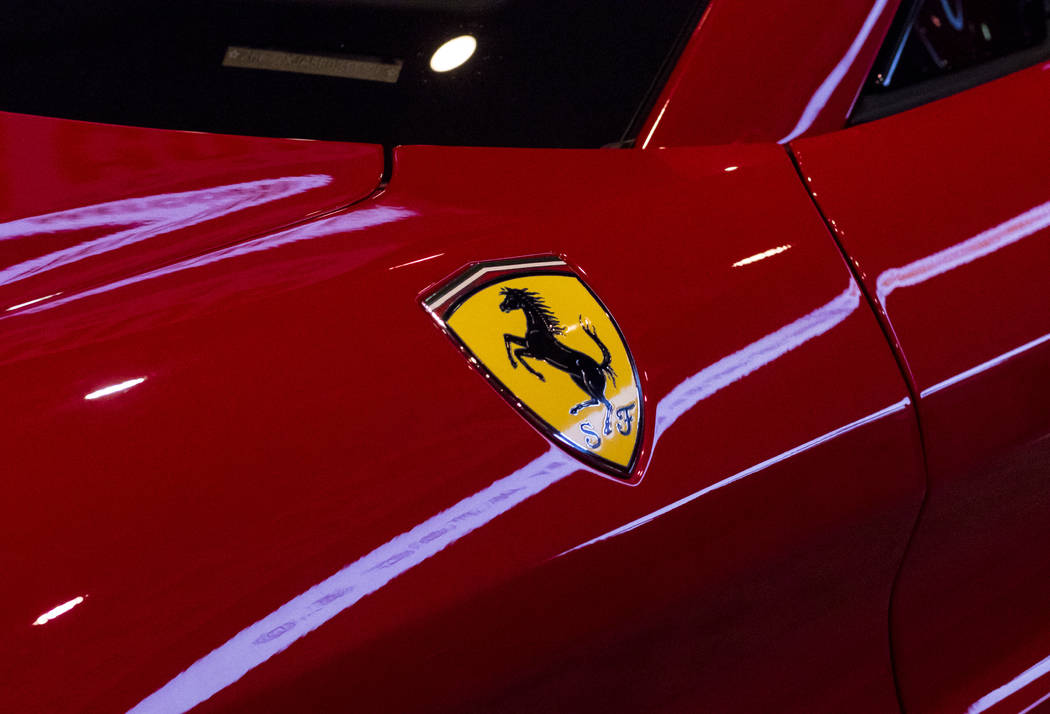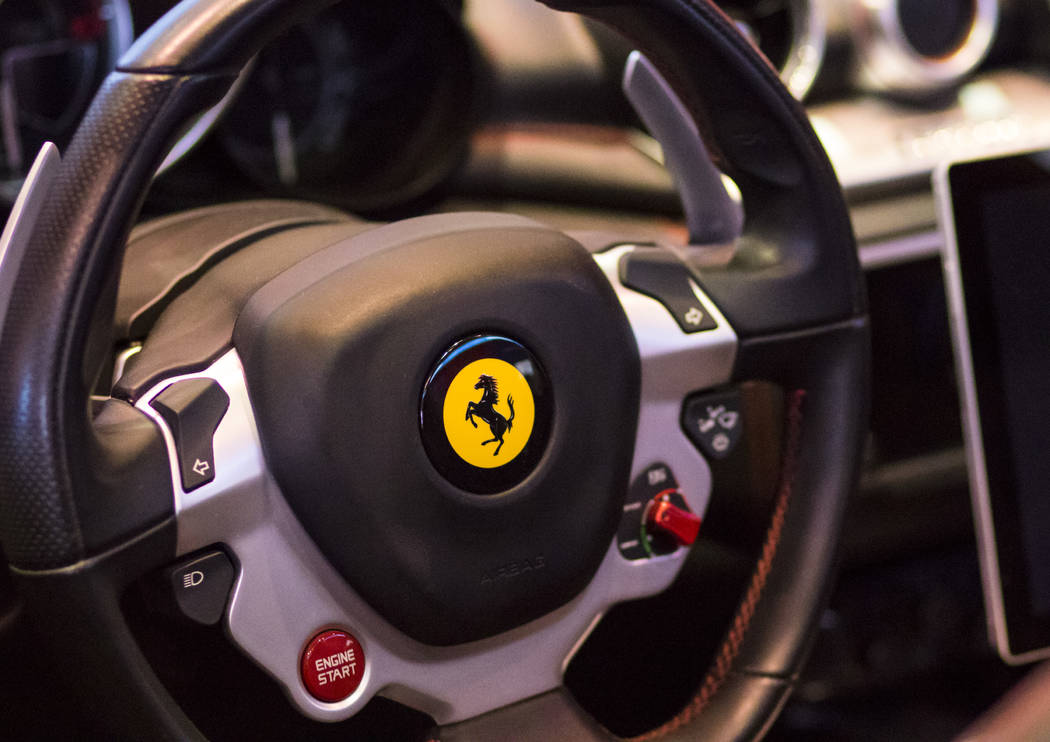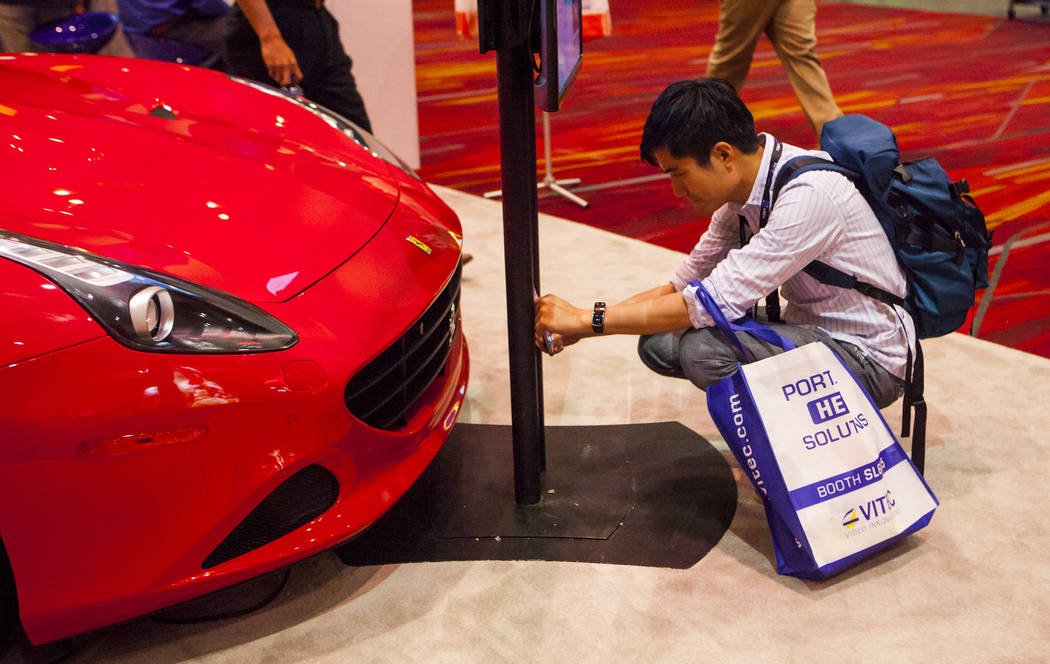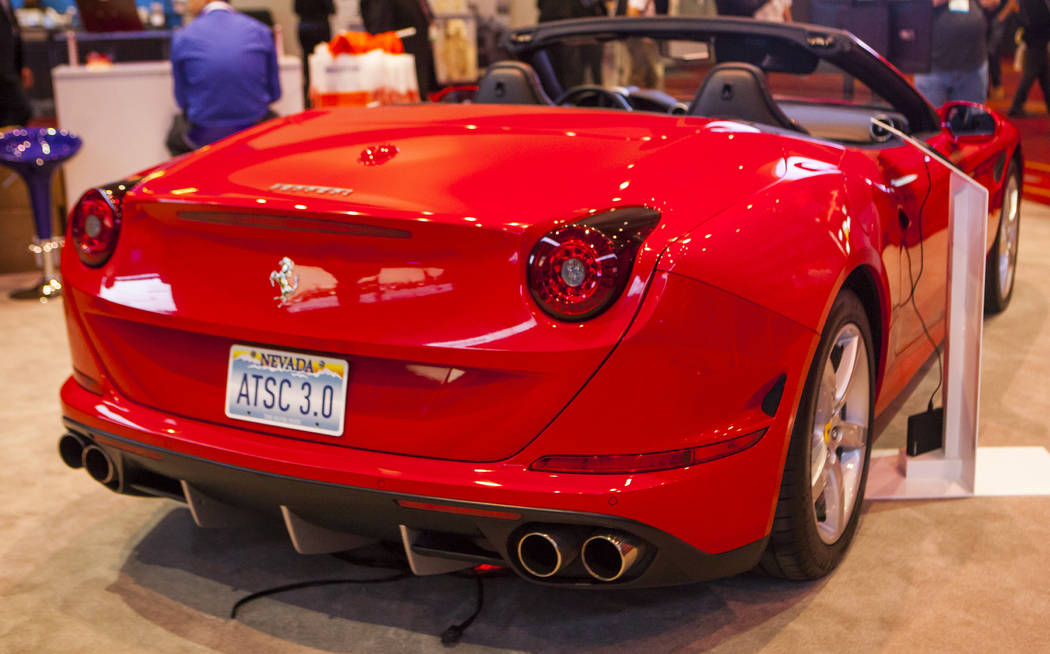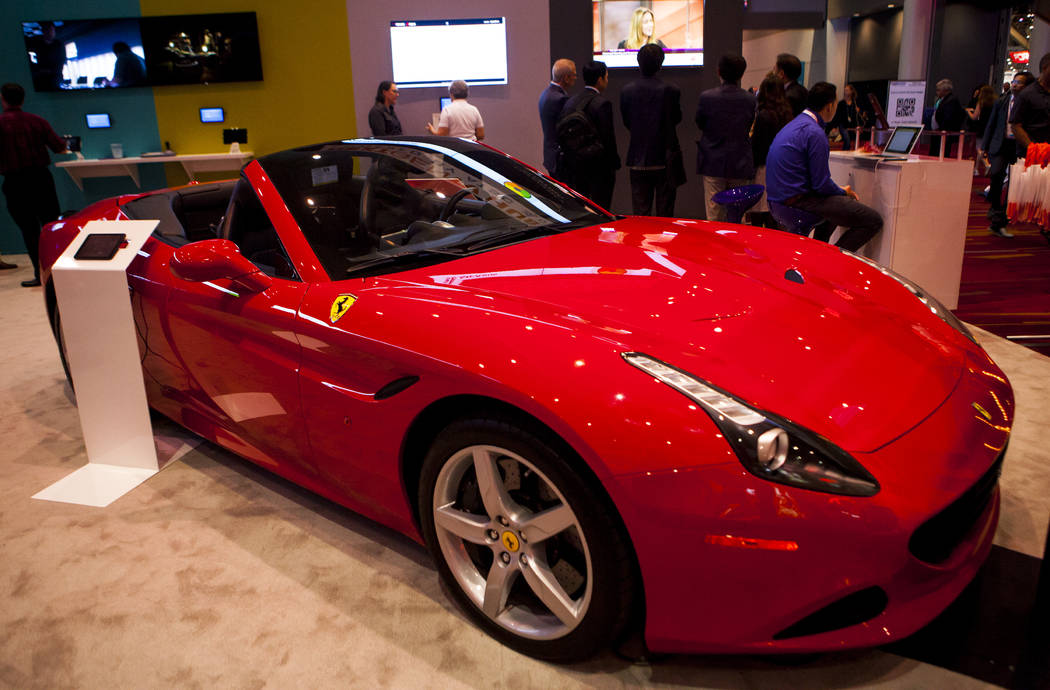NAB sees TV’s growing presence in vehicles
It has happened once before.
The television long ago pushed the radio out of the living room.
Today only one-third of Americans have a radio at home. And that number has been falling fast over the past decade.
Now TV may be doing it again where radio has long been king — in the car.
The 2016 red Ferrari on the floor of the National Association of Broadcasters Show certainly indicates that.
The car, on display at the show’s pavilion dedicated to the next generation of TV, has three tablets placed on its dashboard, front seat and back seat. It highlights the notion that free-to-air, live TV streaming is coming soon to a car near you.
Passengers will soon be able to watch local or national news on their phones or tablets as they ride to work. And it won’t eat up a cent on their mobile data plan.
Drivers will, too, once autonomous cars hit the road.
But Next Gen TV, as it is known, is not the only headwind for the radio industry.
So too is the next generation of automobiles.
Currently only 12 percent of Americans drive connected cars.
That may partially explain why approximately 84 percent of people currently use AM/FM as their primary audio source in automobiles.
With the percentage of connected cars on U.S. roads expected to reach 85 percent by 2025, the number of people listening to audio content via radio waves will decline. Just like it did in the home.
“Eventually, the living room is going to be in the car,’’ Scott Burnell, who runs the developer program for Ford Motor Co., told radio personalities during a presentation at the NAB Show, the largest broadcast industry gathering. More than 100,000 industry people are attending the show, which ends Thursday. It’s closed to the public.
People in connected cars will not be turning a radio dial like they have for decades. They will be using mobile devices connected to their dashboards and streaming audio or video content from apps like Pandora, Spotify and Apple Music.
The key for radio stations to stay relevant in the modern age is to get onto those mobile devices with apps by offering content over the interet, said Burnell, who is staffing Ford’s booth at the NAB Show for the first time.
Burnell is showing off Ford’s 6-inch dashboard screen, which is currently compatible with 120 apps, including 20 U.S. radio stations as well as Pandora and Spotify. The touch screen, which also comes in 8-inch, the size of an iPad Mini, can also be operated by voice control.
“It is not all doom and gloom (for radio broadcasters),’’ said Burnell, whose team works with companies, including stations, to make their apps integrate with Ford’s dashboard. People will continue to listen to their favorite radio personalities as long as its delivered in a convenient way.
“Radio broadcasters’ core competency is deliver of content. It shouldn’t matter to them the method by which they deliver it. They should want to deliver it the way their endusers want to consume it.’’
Contact Todd Prince at tprince@reviewjournal.com or 702-383-0386. Follow @toddprincetv on Twitter.
By the numbers
— The percentage of U.S. households without a radio rose from 6 percent in 2008 to 32 percent in 2016.
— 84 percent of car passengers listen to AM/FM radio as their primary audio source.
— Today, 12 percent of cars on U.S. roads are considered "connected."
The average age of a U.S. car today is 11 years old.
— 85 percent of cars will be connected by 2025.



